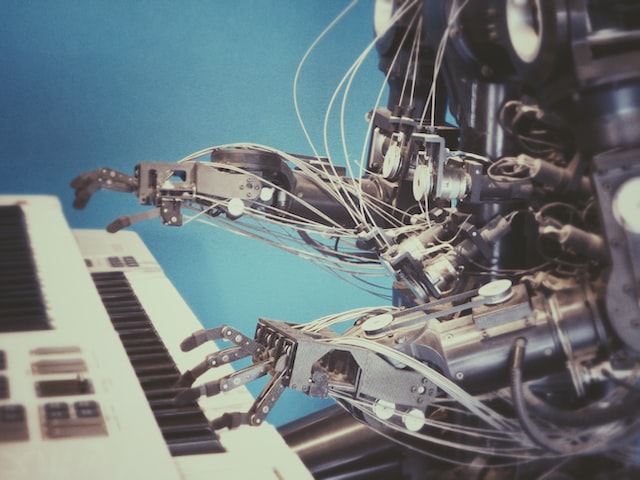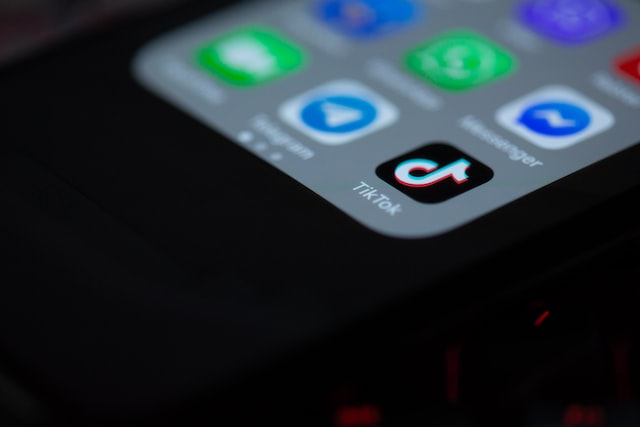ChatGPT’s impact on schools: how to find out if a text was written by an artificial intelligence
New York Department of Education bans use of ChatGPT: is this really the end of written assignments? As we await OpenAI’s moves, there are ways to tell if what we are reading was generated by an automated system
Was this sentence written by a human being or an artificial intelligence? This is a question that, until recently, we would not have even imagined asking.
Things have changed in recent months, particularly since December, when OpenAI debuted the now-famous ChatGPT.
The end of written assignments?
The chatbot that leverages the GPT-3.5 language model has been the subject of constant discussion in the tech world for a few weeks now, but not only: it is also being talked about a lot in the education sector, especially because of the ability of OpenAI’s artificial intelligence to generate credible texts, which can look like students wrote them, with zero effort. This is despite the fact that the accuracy of information generated by ChatGPT is not always guaranteed, as we had also verified in our test. Despite this, Corry Wang, a writer and market strategist at Google, wrote on Twitter that “we are witnessing the death of real-time written assignments.”
Wang’s extreme prediction reflects concerns very much present in the world of college education, for now especially in the United States. Nature, among the world’s most famous and respected science journals, launched a survey in early December asking college professors whether their students are using artificial intelligence to write new papers.
But the issue also affects primary education: the New York Times conducted an experiment asking ChatGPT to write essays like a fourth grader. It then submitted the papers to a panel of experts, including educators and teachers. And the latter were not always able to identify the AI-generated text. The New York City Department of Education even restricted access to ChatGPT for all students and teachers, on devices and school networks. Underlying, they explained, are concerns regarding “the impact on learning and the accuracy and security of information.”
The challenge: identifying AI-generated text
Figuring out whether or not a text has been generated by artificial intelligence is a major challenge, not only for the world of education. It is fairly easy to predict that the availability of systems like ChatGPT will also exponentially increase the amount of AI-generated content on the Web. As Melissa Heikkilä writes in MIT Technology Review, “in an already polarized and politically tense online world, these artificial intelligence tools could further distort the information we consume. Implemented in the real world, in real products, the consequences could be devastating.”
In short, the spread of these tools brings with it the need for ways to understand whether or not a text has been generated by artificial intelligence. One solution could come from OpenAI itself, which, as confirmed in a talk by Scott Aaronson in Texas, is working to add some sort of invisible watermark to generated content: “We want it to be much harder to take a GPT output and pass it off as human. This could be useful for preventing academic plagiarism, but also mass generation of propaganda, or impersonating someone’s writing style to incriminate them. These are all things that one might want to make more difficult, right?”
Now how do you do that?
Pending an official solution, there are a number of tools you can use to try to figure out if a text is AI-generated. They are free and work relatively simply: just enter a text to analyze it and figure out the odds that it was created by a system like ChatGPT.
The latest addition is GPTZero, created by Edward Tian, a Princeton University student: it analyzes text from two main characteristics: perplexity (perplexity) and burstiness (burstiness). These indicators measure the level of complexity and randomness of what is written, subjecting it to the analysis of an artificial intelligence’s own (GPT-2 in this case): the less the system likes the text, the higher the chance that it was generated by a human being. In a similar way Open AI Detector, developed and hosted by Hugging Face and also based on GPT-2, works, which can be considered a kind of ancestor of ChatGPT.
A bit different, however, is Detect GPT, which is a Google Chrome extension that, once installed, indicates whether or not the text on the page we are visiting was generated by an artificial intelligence.


